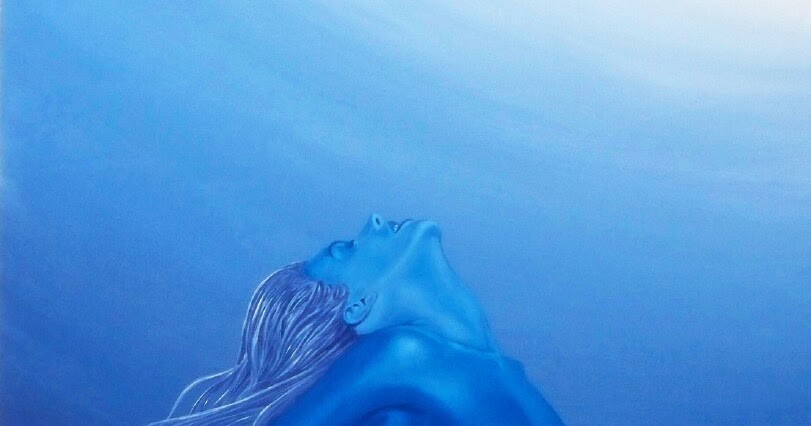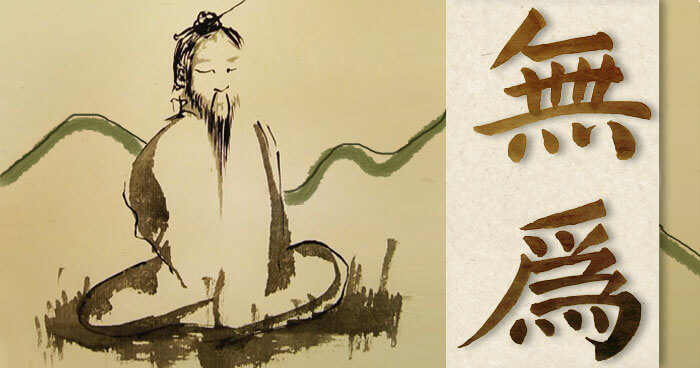
I wish to clarify the original meaning of “lay spirituality” which has been misinterpreted and has been misused to define spiritual expressions of lay members belonging to any religion….
In reality this lay term comes from the Greek word “laikos” which means “not belonging to any religious, philosophical or even political model whatsoever”. Therefore, “lay” means “away from any socially structured context”, similar to the Sanskrit term “pariah”. Hence it is unconceivable for members of any religion to express spirituality in a lay manner .
Therefore Lay Spirituality expresses “natural spirituality”, man’s spontaneous search for his origin and for the mysterious meaning of life. This longing is brought about by the acknowledgement of self. The meaning of “layman” is “common man” and the closest term to express the concept of Lay Spirituality is “awe”. To begin with, I would like to clarify that to me the word “spirit” means “synthesis between intelligence and consciousness”. All the more I confirm that I am not under any circumstance a believer. What I declare is based on what I have experienced in my existence and in being conscious of it. I need no confirmation from others and this is true for all of us.
There is no need to “believe” in order to say “I am”, we already know that without a shadow of doubt. But, to pass judgement on faith or the lack of it we need to use the term “to believe” or “not to believe”. This brings us to the conclusion that “to be” and being simultaneously conscious of this is natural and undoubtedly true. While to support something which is rooted in our thoughts (in mental speculations) can only be considered a process or a way of conceptualizing
I do not want to be difficult but it is obvious that no one will ever say “I believe to exist and I believe I am aware”. To make any other statements (or abstract/concrete thought forms) we always use the term “believe in this or in religion or in … atheism” or any other thing that we are to believe ….. “I am” is such a pure and simple truth. There is therefore no room to explain the possible reasons for this “being” because this process of explanation (or interpretations) is only a speculation, and is therefore questionable.
Let the sophists say that consciousness is the result of the divine spark or the random path of the material that turns into life.
Let the sophists say that consciousness is the result of the divine spark or the random path of the material that turns into life.
“I am” is the only reality that does not need any proof or discussion. It is on this basis that I want to stay fixed. It makes no sense then to argue about “modes “….. or ” hypothesis “. I say this to silence (and to avoid) any confrontation on the reality of the contingent fact that I expressed (and we can all be aware of this when our minds are at ease). This is laity of the spirit.”Lay spirituality” is a simple and trivial “recognition” of the spontaneous state of each one of us …. (consciousness or self-knowledge.) To recognize the characteristics which are embodied and to recognize the impulses that characterize our personality is certainly useful for us so as not to fool the mind and not to fall into the trap of false identities. Everything describable cannot be part of “us”, but only the functional structure of the body / mind (in which we recognize ourselves). This psycho-physical apparatus is the result of the merge of natural forces (or elements) and psychic qualities (which are expressions of the elements). With the interconnection of these diverse energies the infinite beings … take shape. Although in reality they are not “forces” or “beings” but a single force and a single being who takes on various aspects during its development in space-time.
But here we need to describe the “capacity to separate” (Mayan – yin and yang) that produces the illusion of diversity. It is the first concept that is formed in the mind (in fact it is the mind itself) together with the appearance of the thought “I”.
Please note this is not the “I”- the Absolute, the Being, or to be aware beyond any identification. It is instead the first conscious reflexion (by the “ I”) in the mind and allows the objectification and the perception of exteriority through our senses. This is how the mechanism of dissociation is applied in which “I am this” and what is observed “is another.” Thus dualism takes on a semblance of reality and is merged to the sequential causality of the transformations that unroll in space / time. The dual training process is easily detected by the attentive intellect (in the sense of paying attention) but this is still considered within the specular reflection of the mind. So from the standpoint of Absolute Knowledge this explanation (or understanding) is futile, perhaps even unnecessary or misleading … (because of the appropriative tendency of the mirror of thought) and here we return to the necessity of knowing one’s mind to avoid being duped by its empirical fantasies, which aim to demonstrate an objective reality.
You may be wondering at this point: “… So why write this? Why read it? “- But the answer is obvious. Sometimes before throwing away wastes we feel the need to examine them in every detail, as not to have regrets later … Unfortunately, in years and years of flying low, we have all developed a strong attachment to our dead weights …!
From the standpoint of the Absolute reality (but also in quantum reality) creation can be “progressive” only to become part of time in space. As Einstein also pointed out, this concept (the existence of space-time) is purely figurative, in other words, its events are all constructed and screened by the mind.
Therefore, in view of the Absolute Existence-Consciousness, creation is the outward appearance which occurs simultaneously although the observer may consider it the mere flow of time in space. This idea is really just a reflection in the mind of the perceiver who can perceive it only when he is able to focus it in his conscience.
A single picture of the total event, which is still present in its entirety, is illuminated by the individual conscience, seen in the mind and unwound in the context of space and time which is called “the process of becoming.”
Paolo D’Arpini





